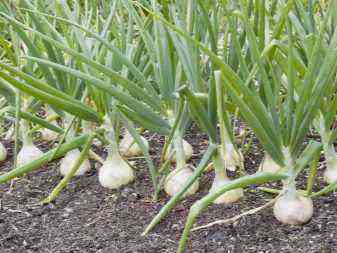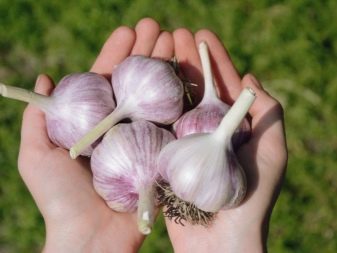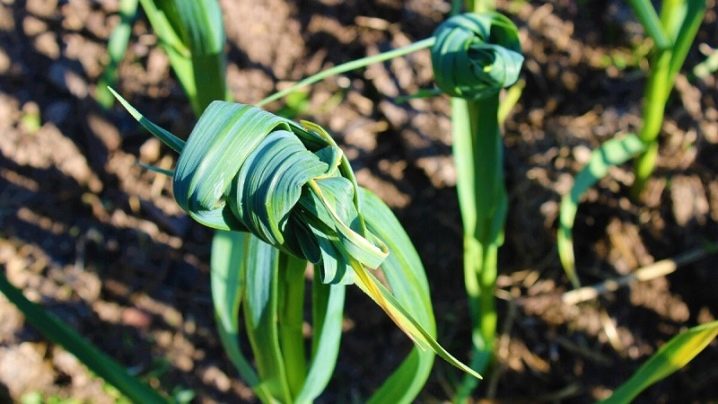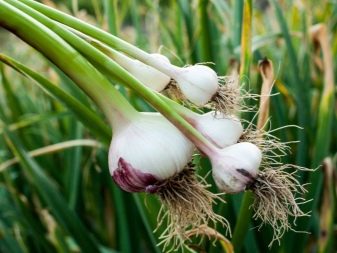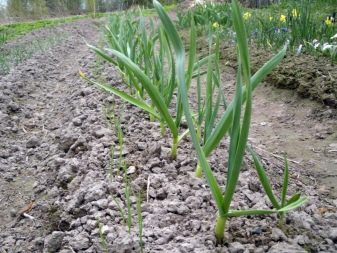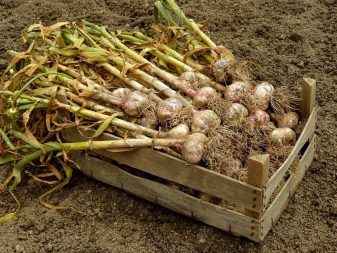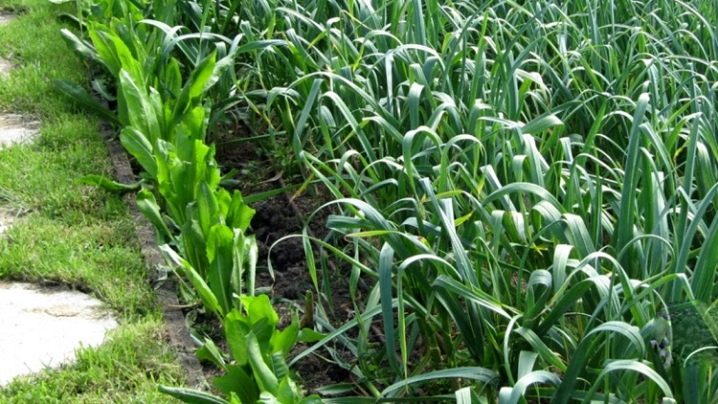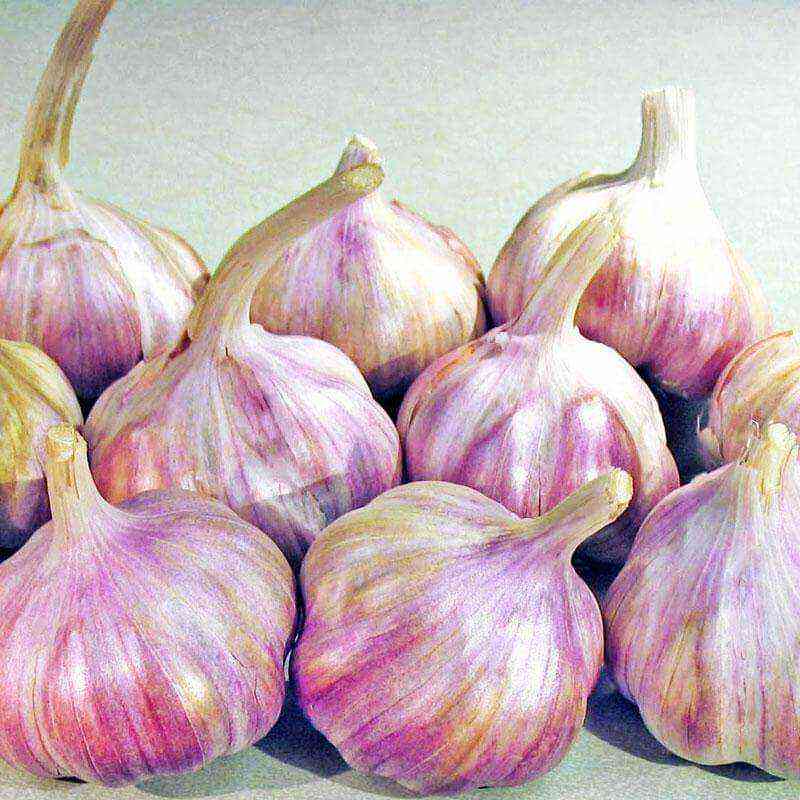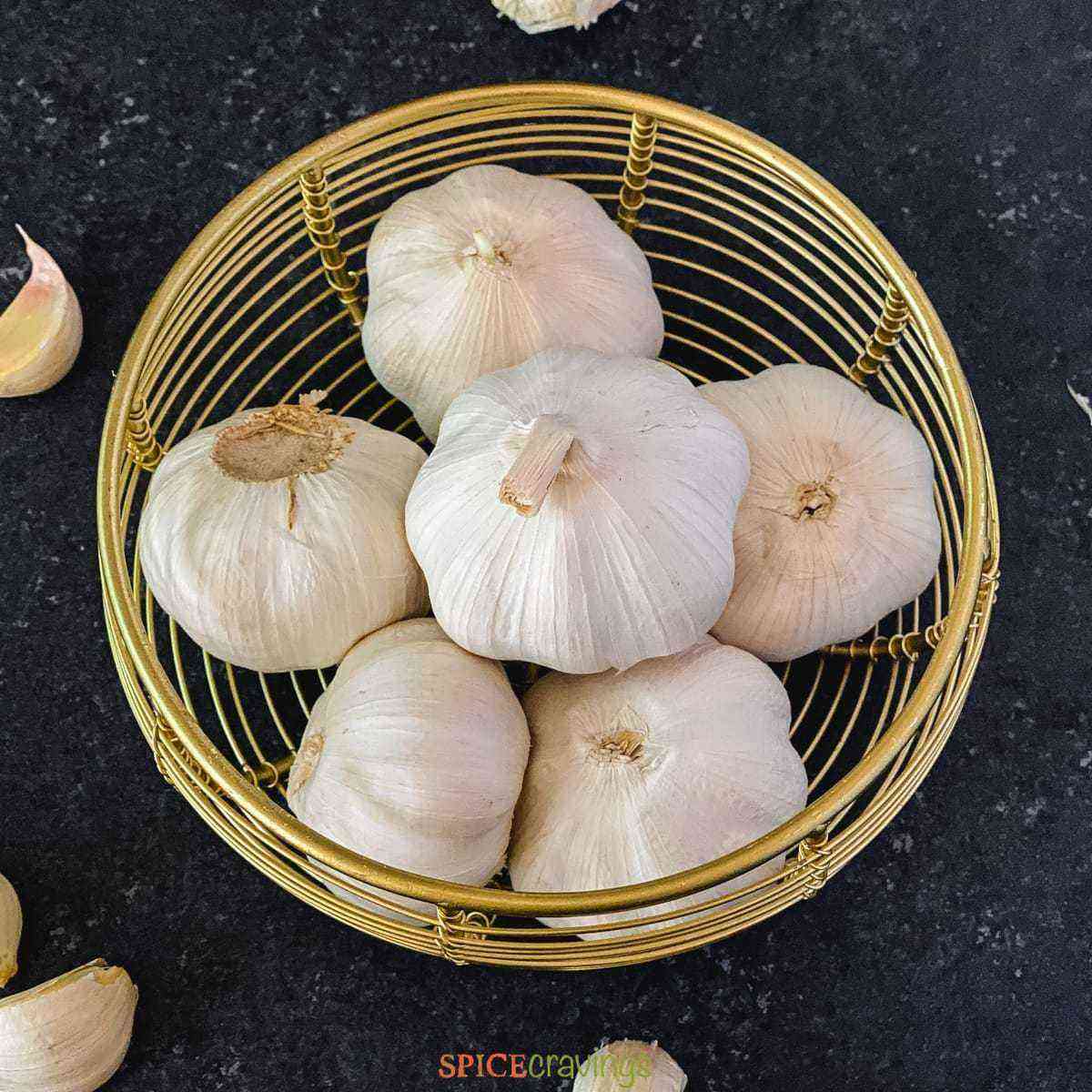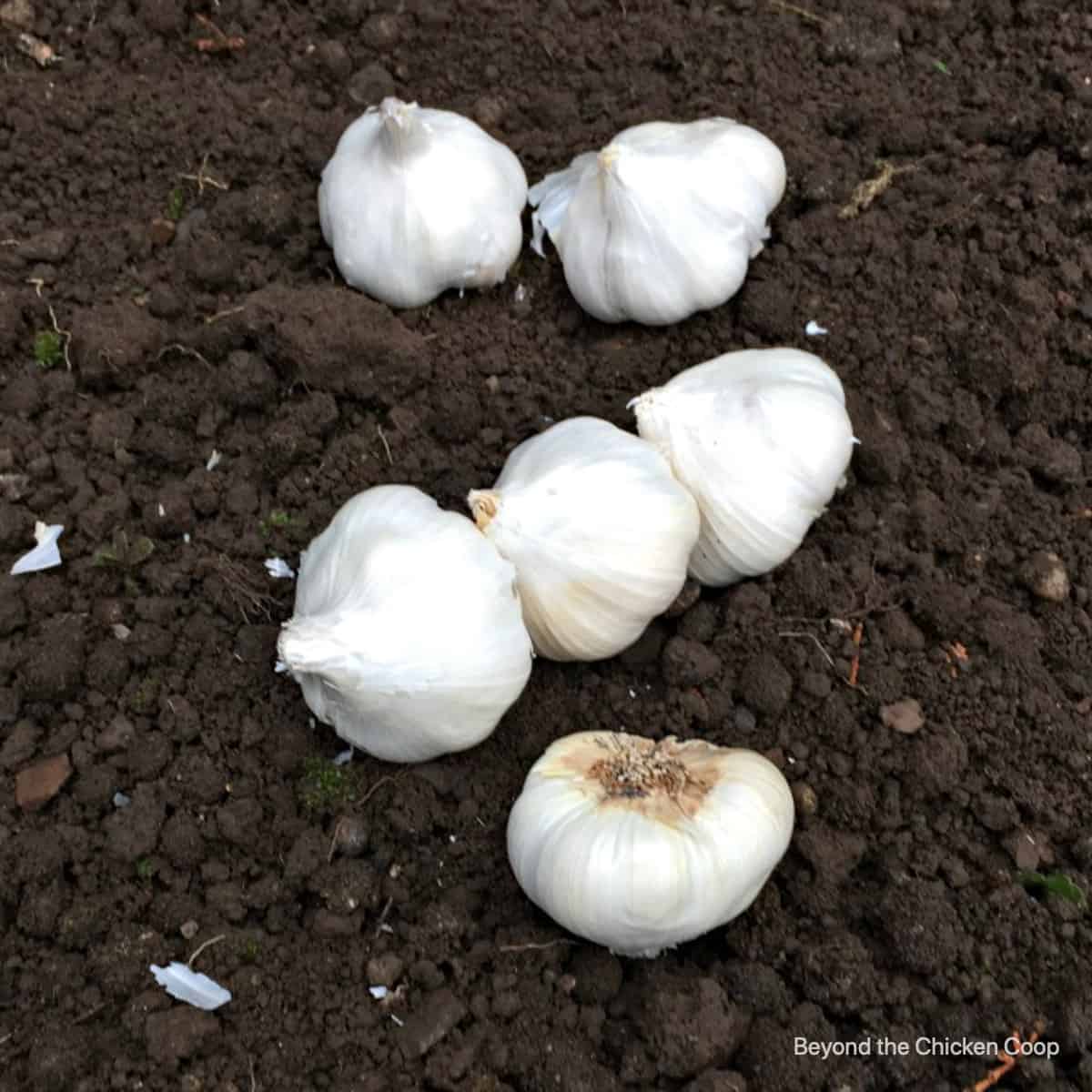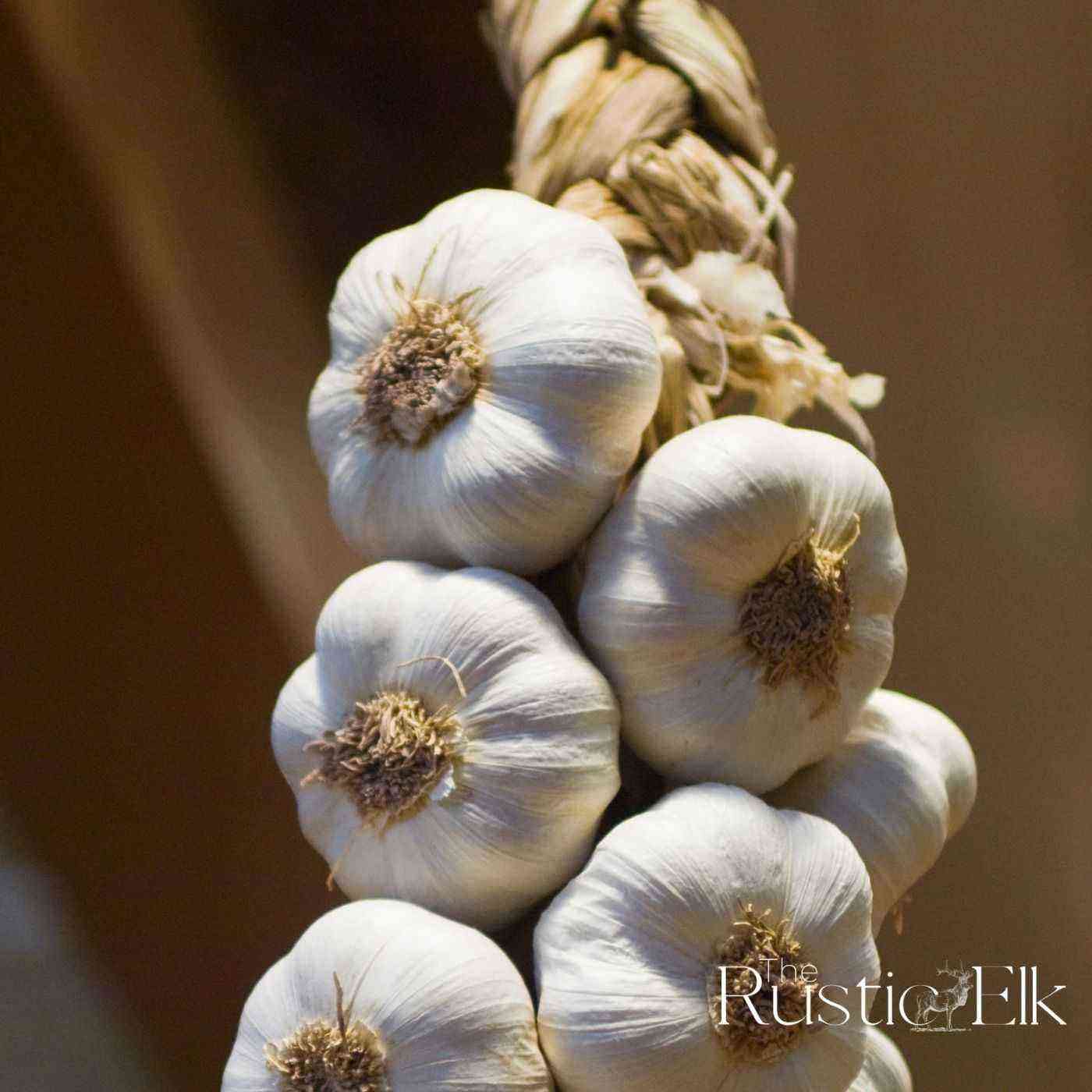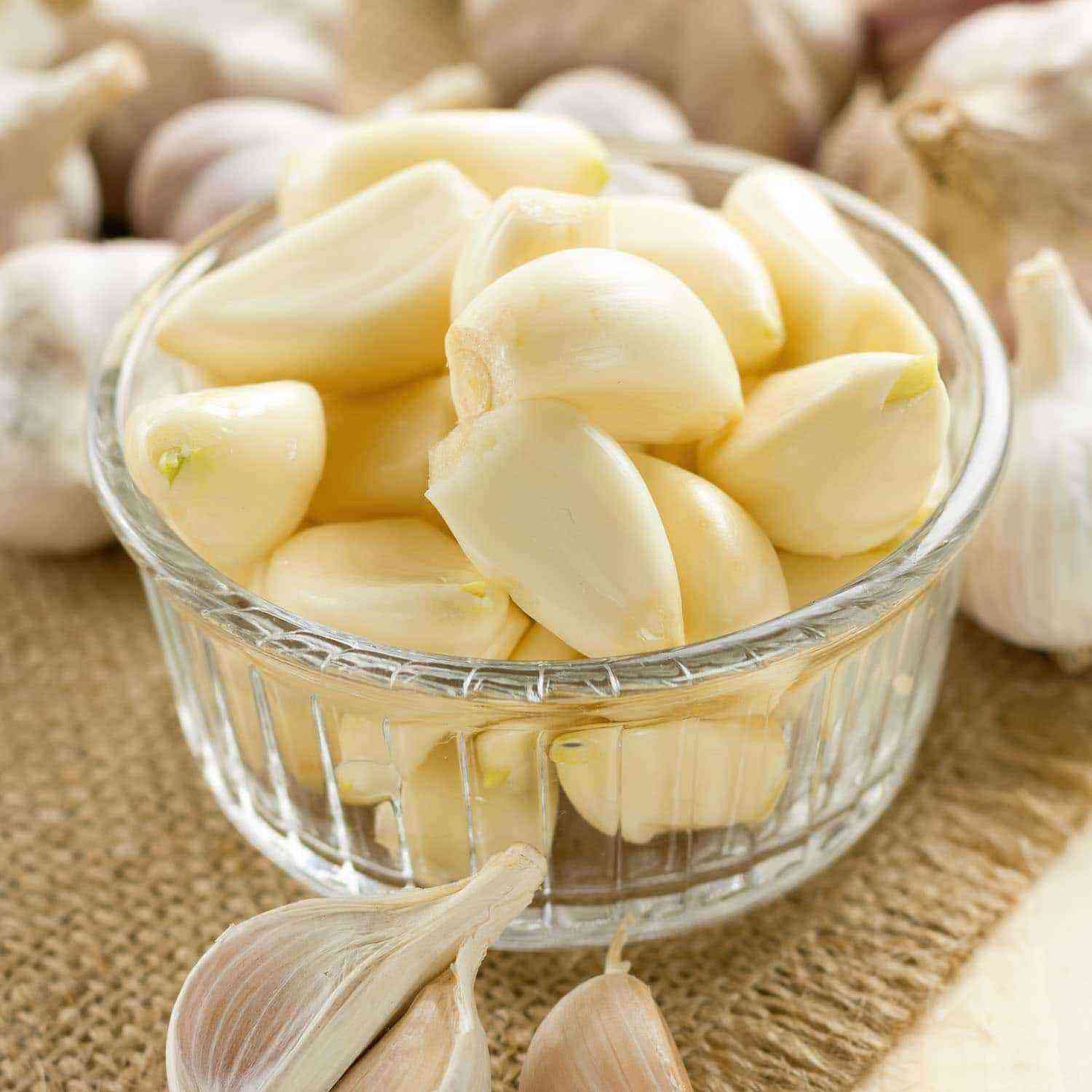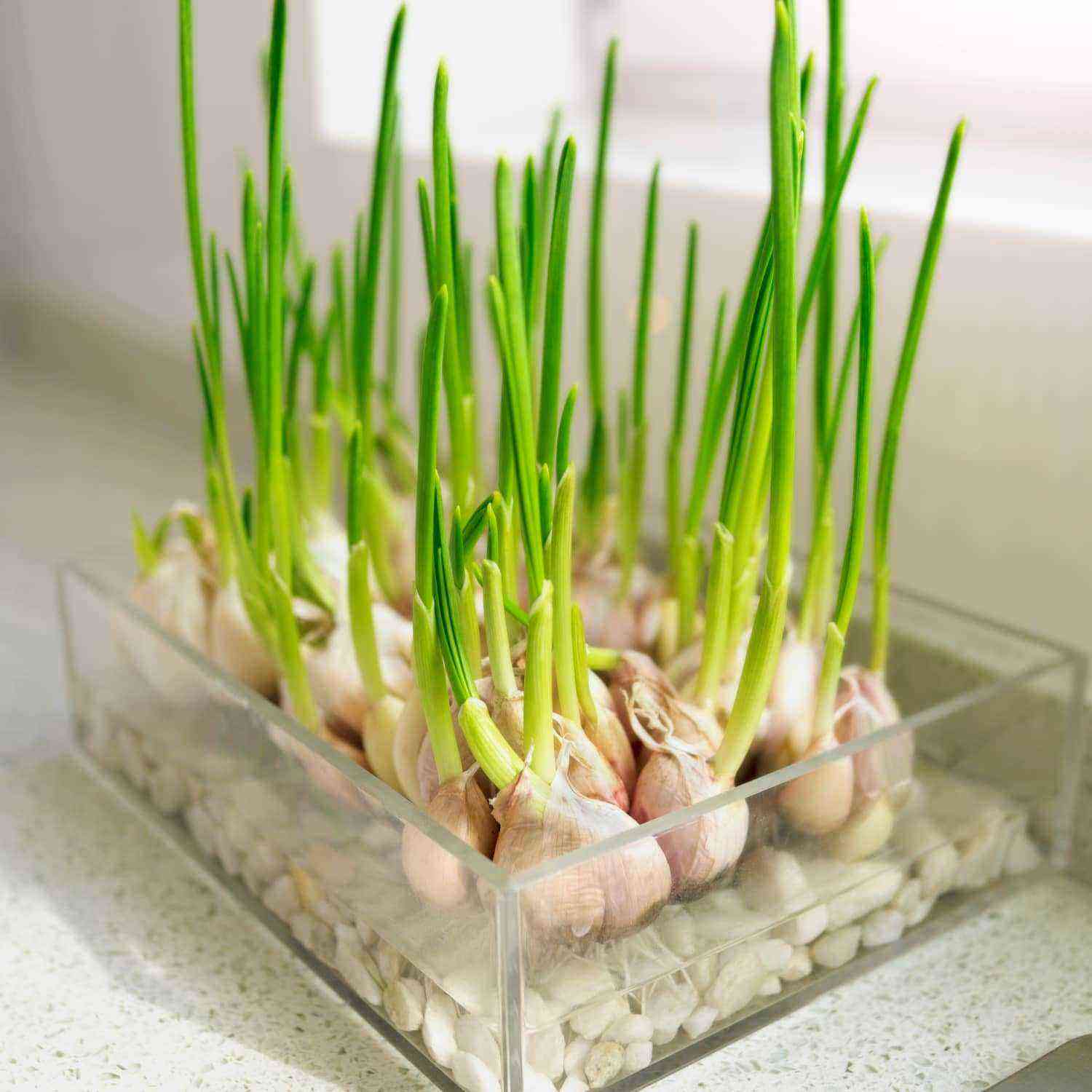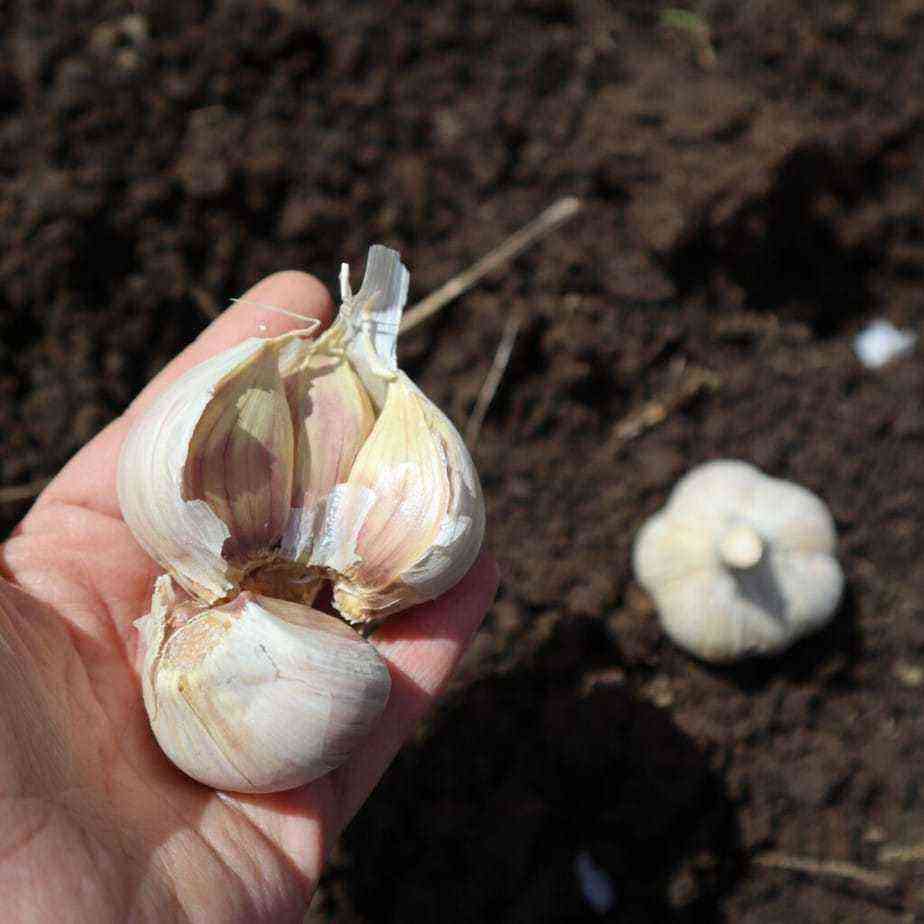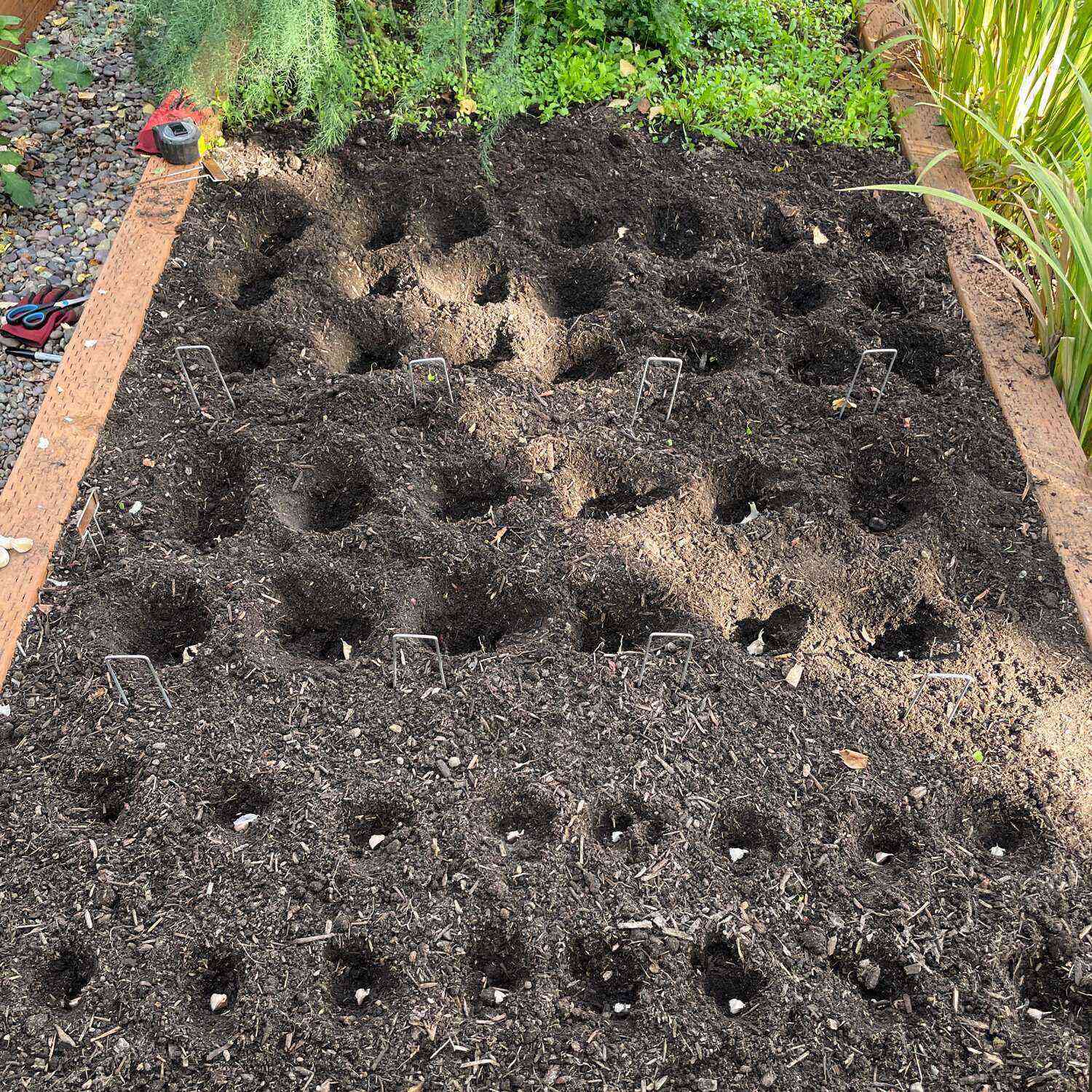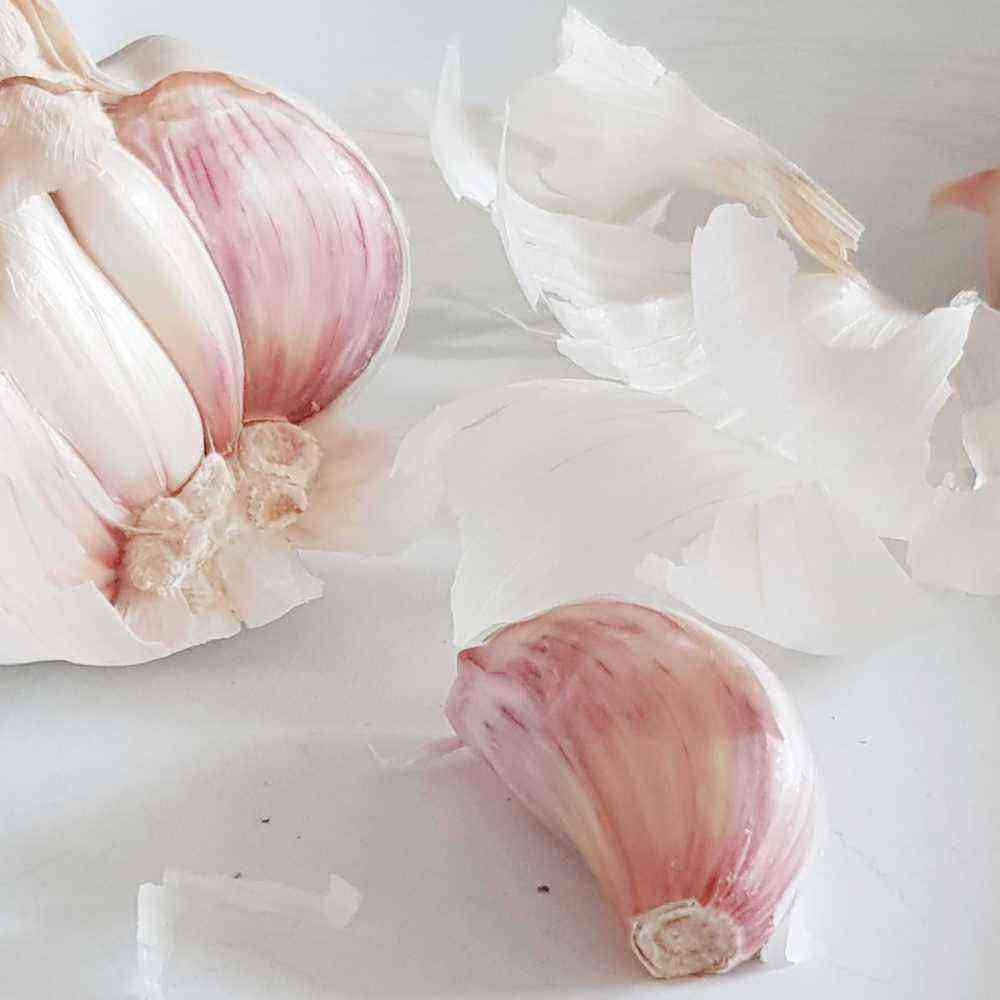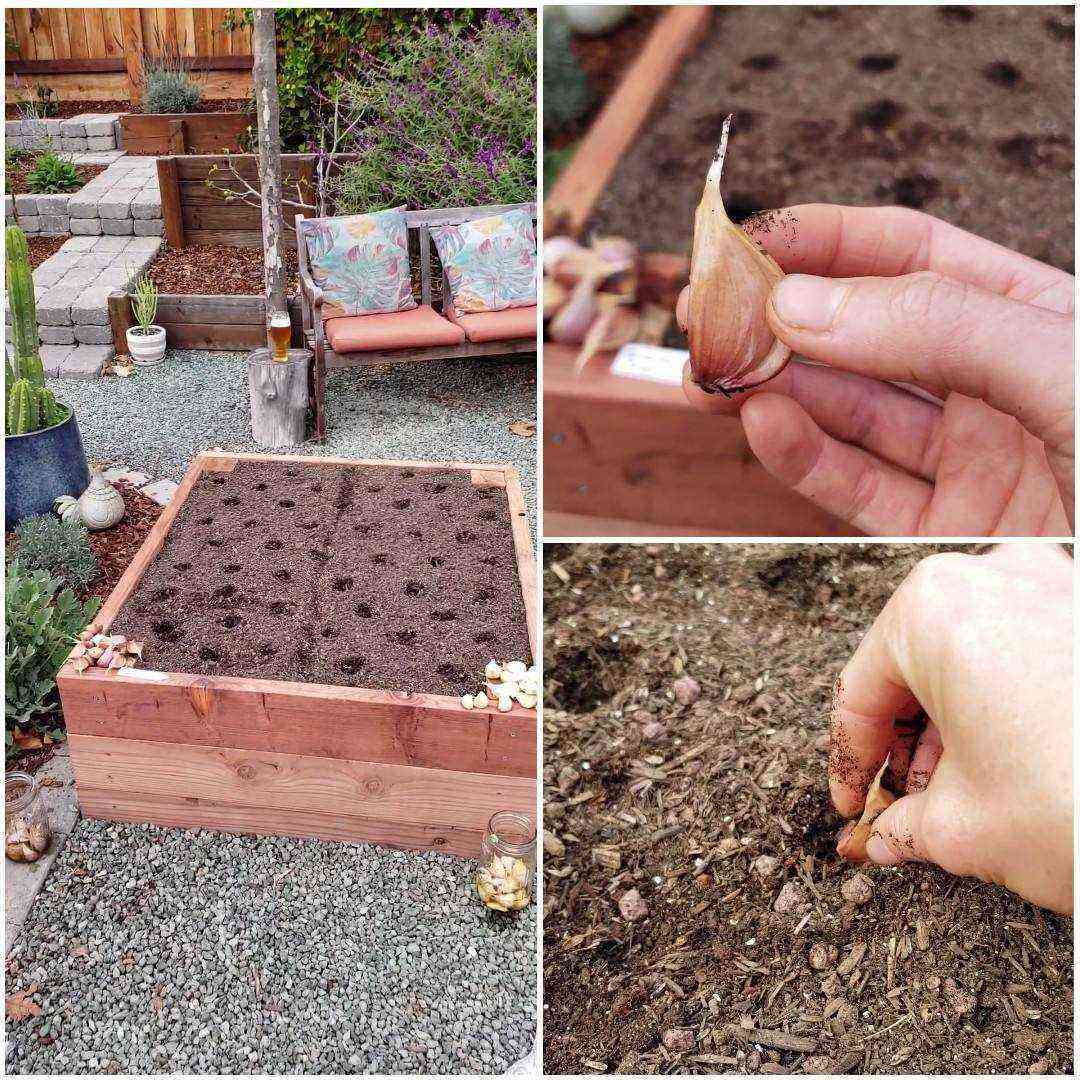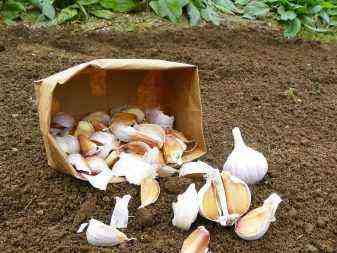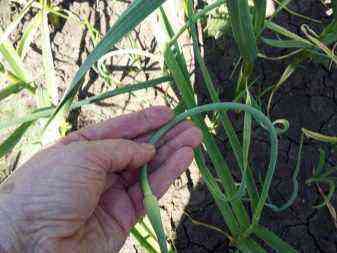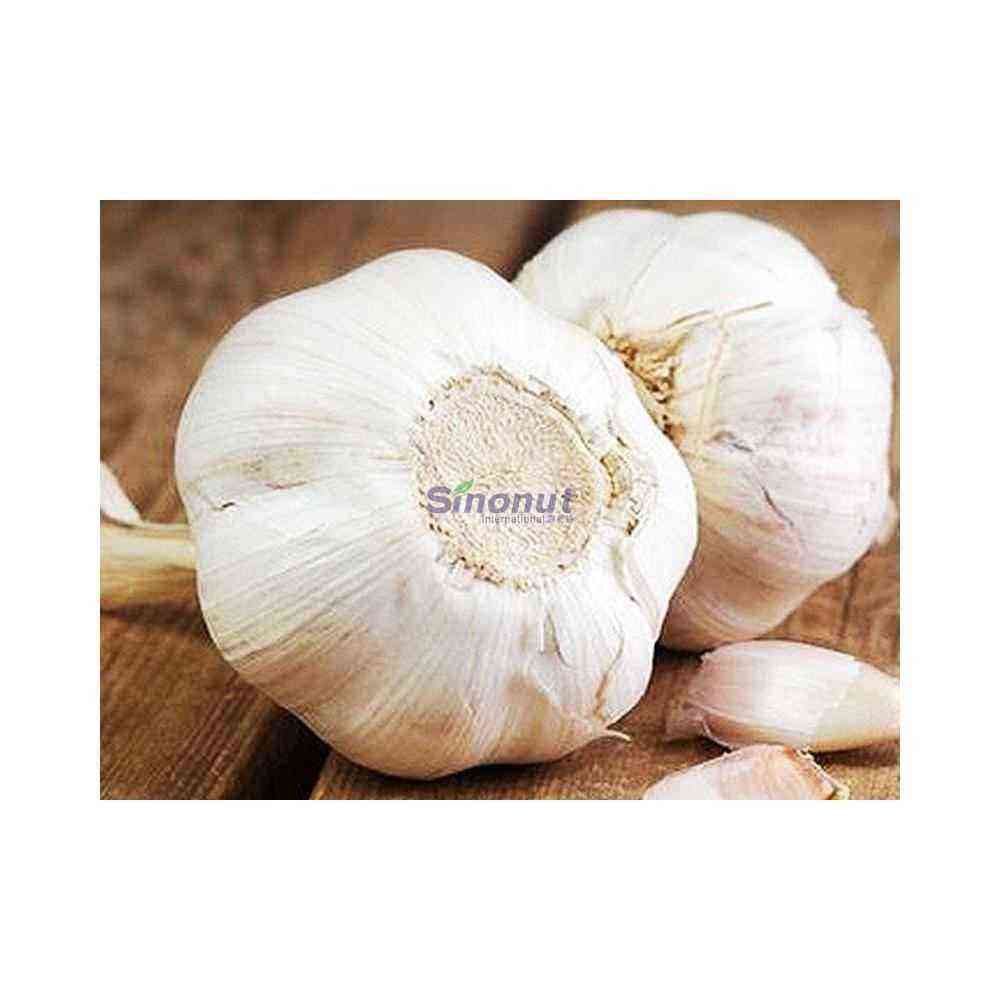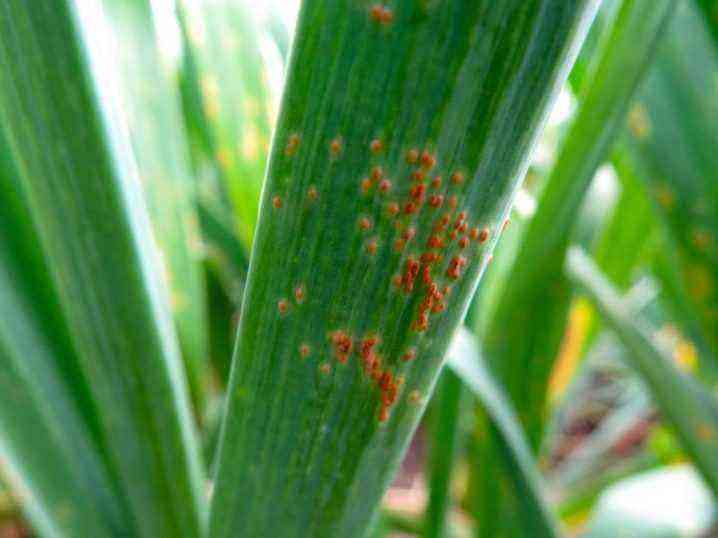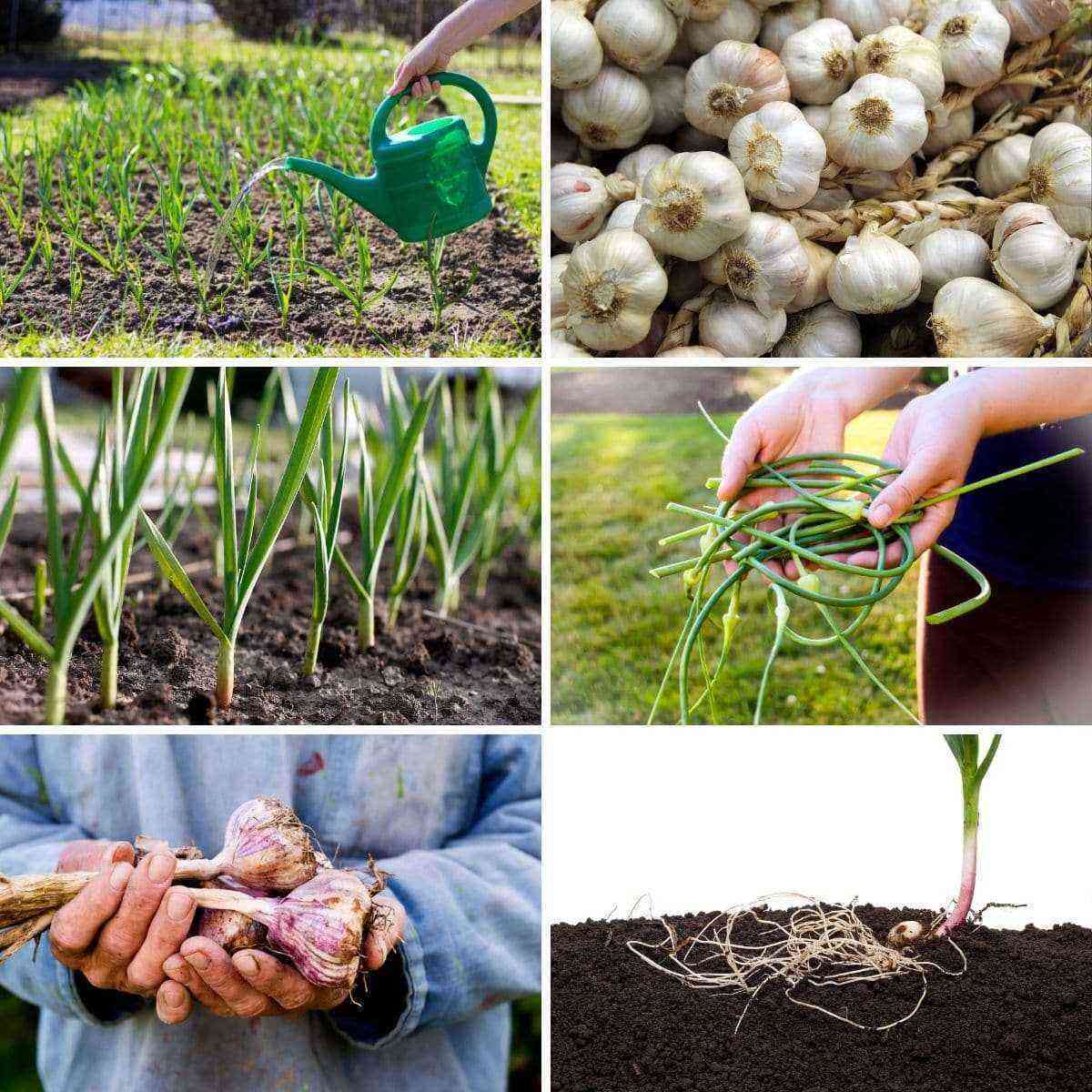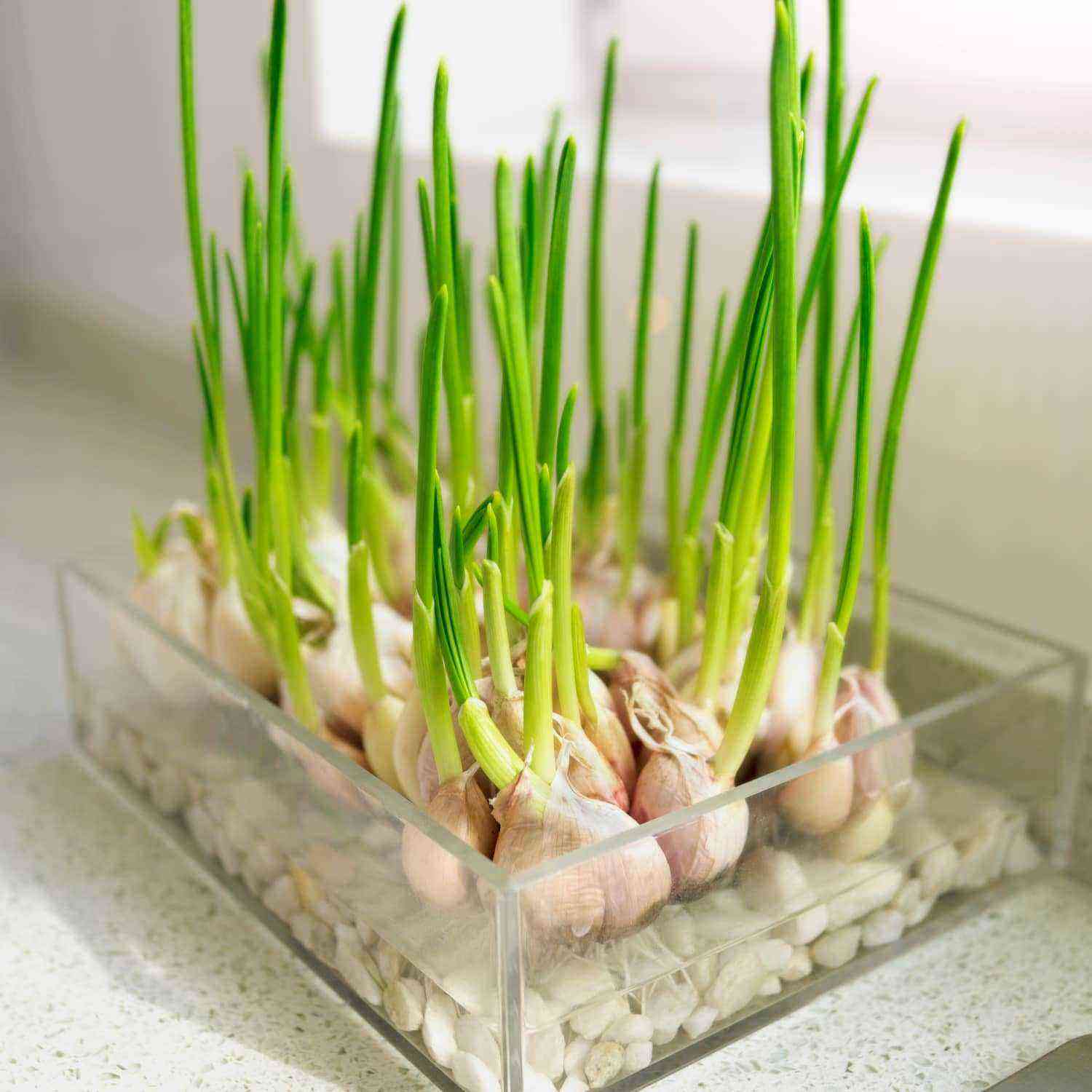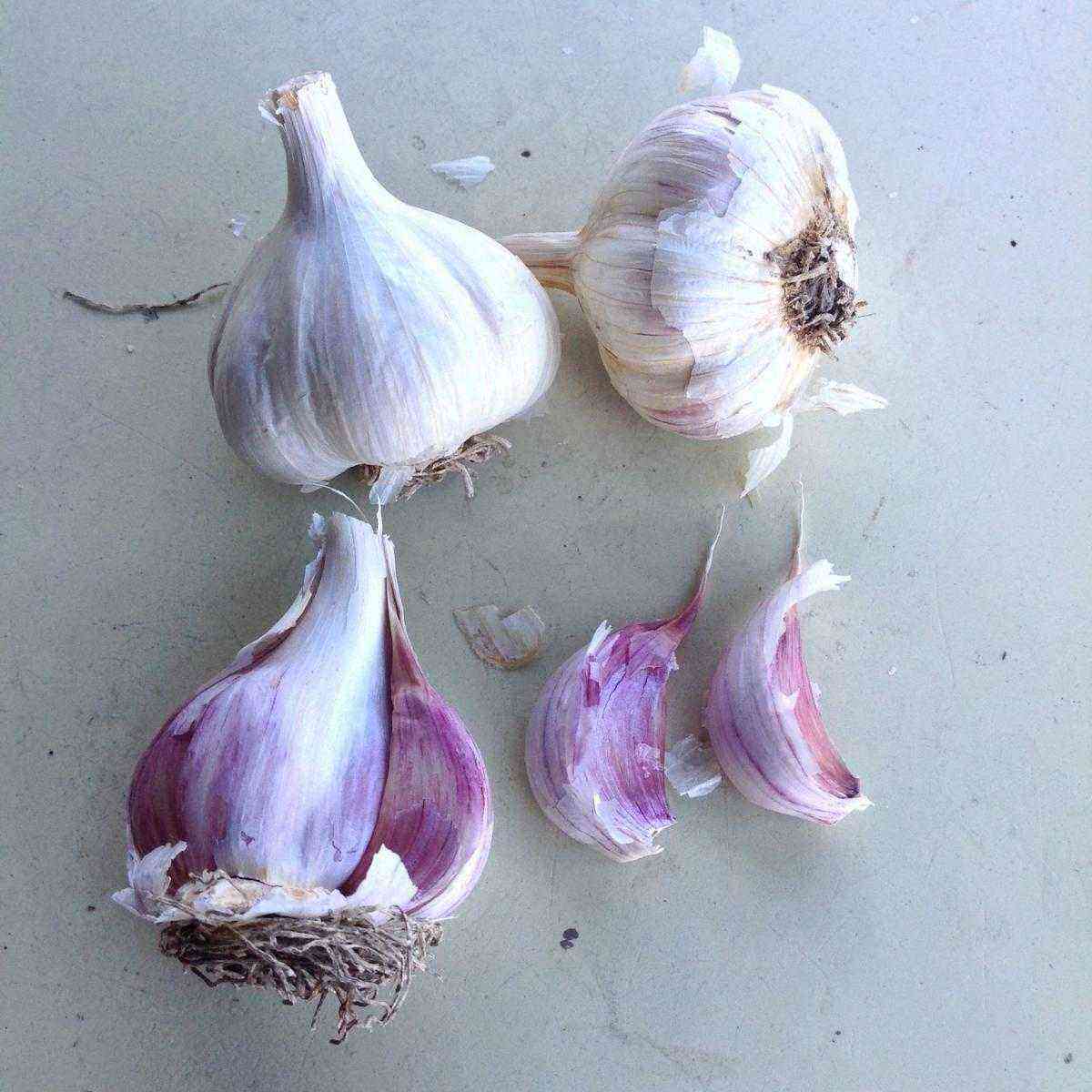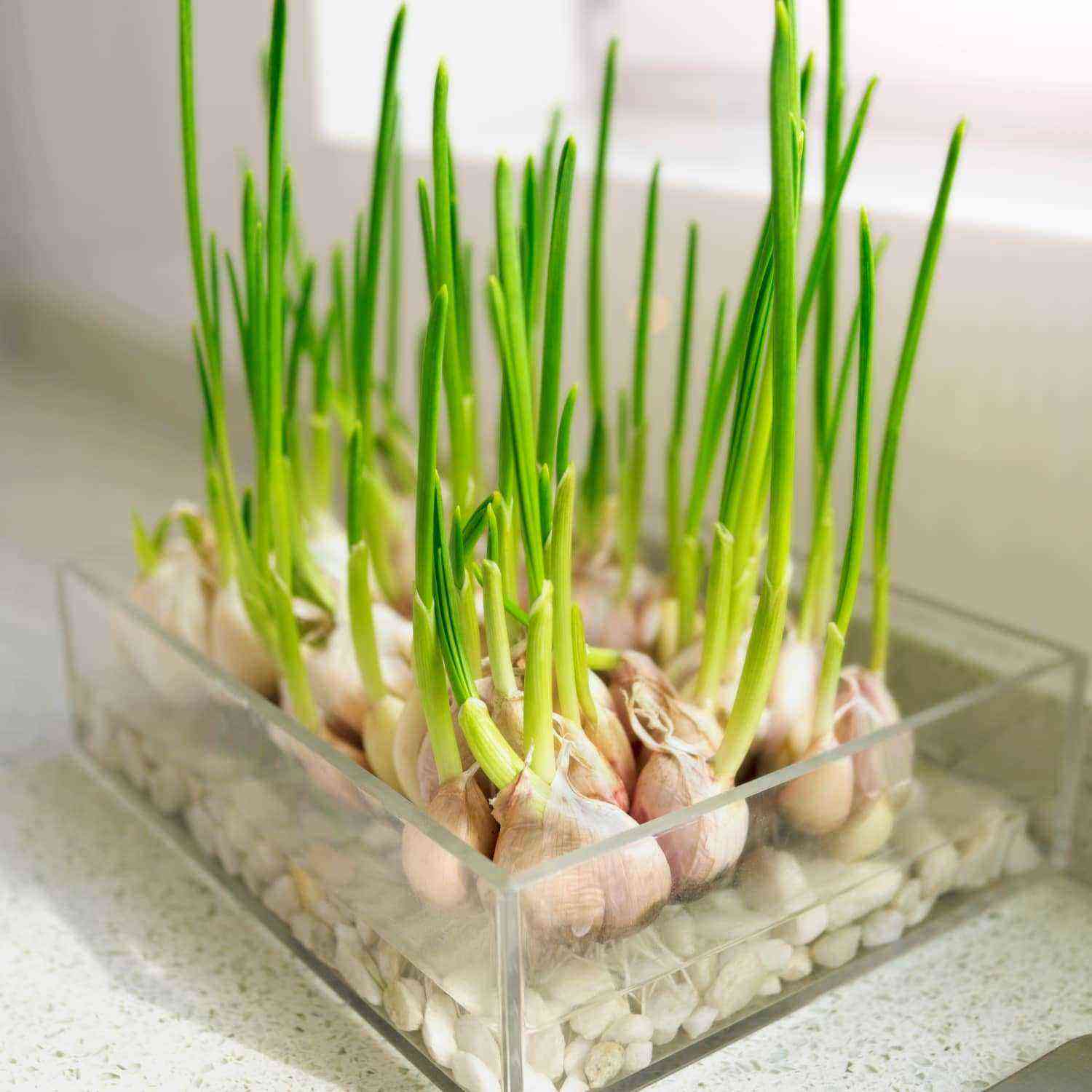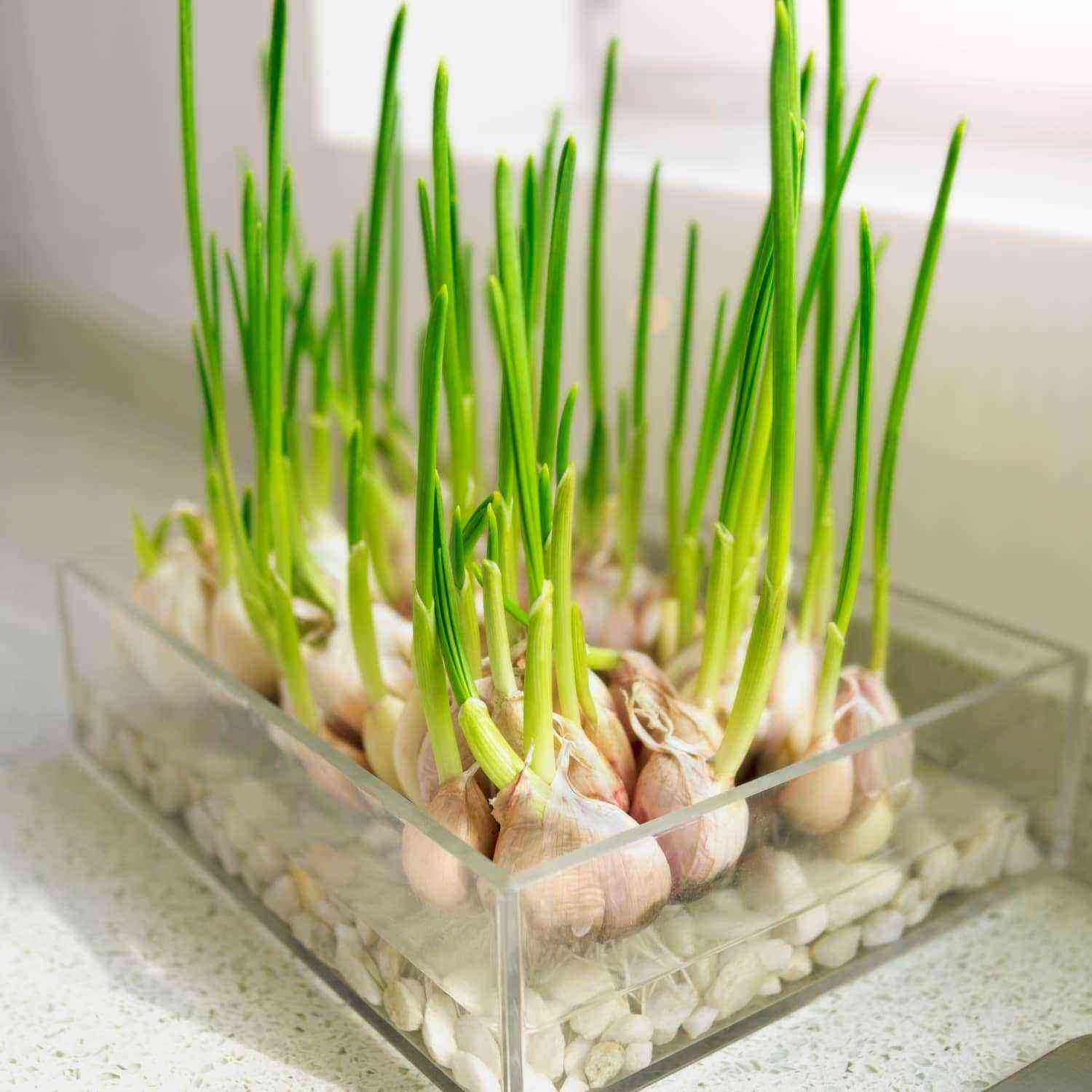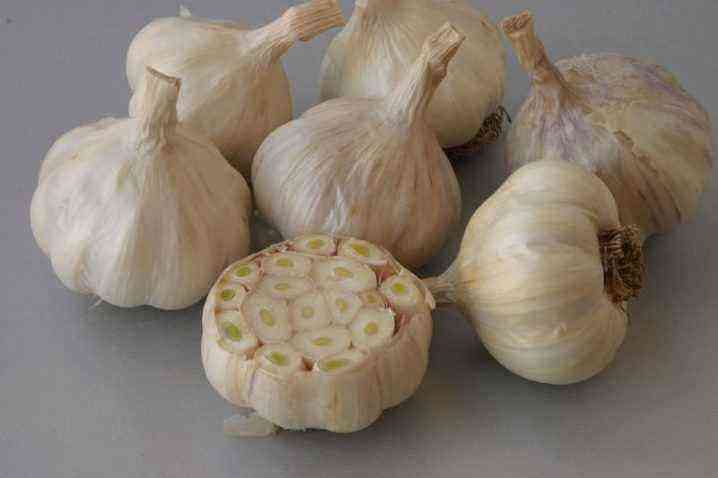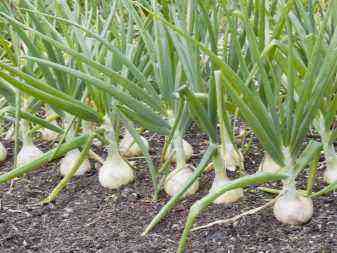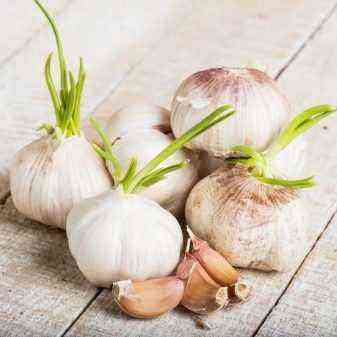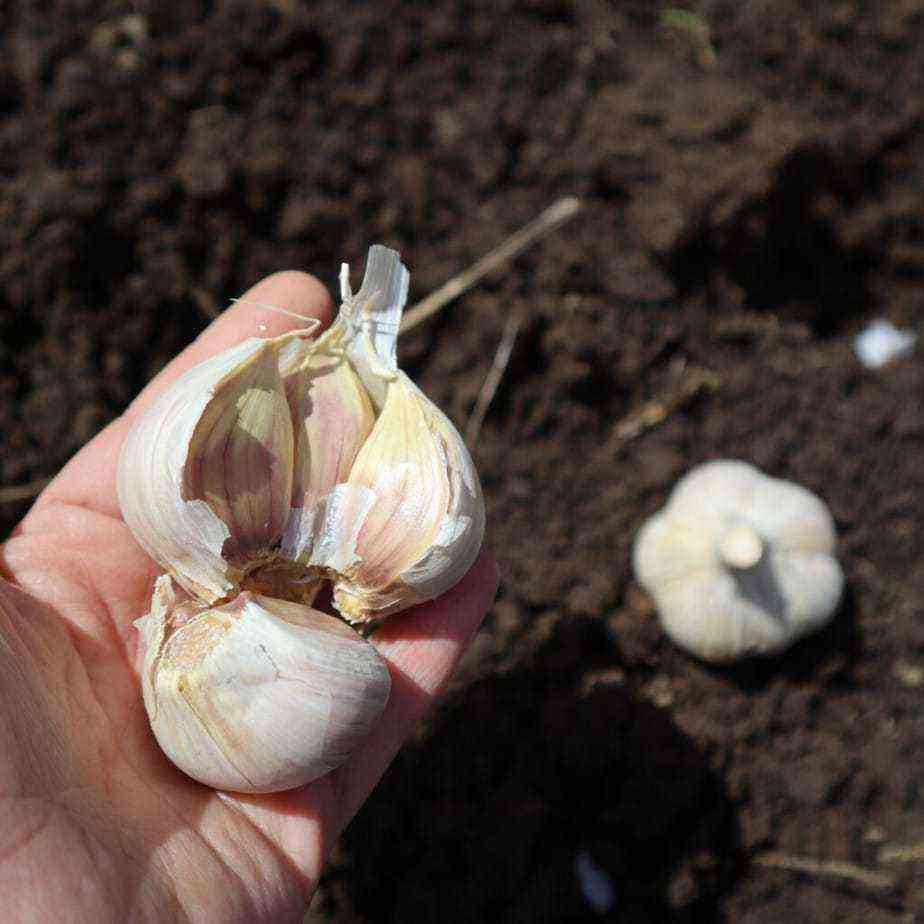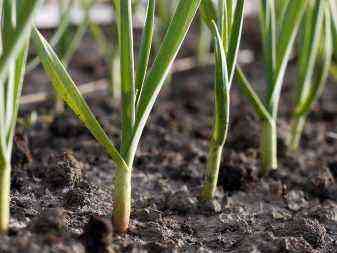Sometimes, looking into someone else’s garden, you are surprised to notice a tied feather of growing garlic in the garden. As a rule, people of the older generation do this, but the ancestors were wise and came up with a similar procedure for some reason. It remains to find out why this is needed and whether we need to adopt the method.
The need for a procedure
Tying garlic leaves (pen) is a time-consuming and tedious procedure. As far as it is justified, there is no scientific data. Gardeners have at their disposal only disputes between supporters and opponents of the method, which have moved from the field of word of mouth to the open spaces of the network. Fans claim that in this way the garlic bulb becomes larger, it has the ability to store for a long time and the ability to germinate is lost.
Opponents say that the observance of agricultural technology, the provision of culture with everything necessary give the same results as weaving braids. Therefore, there is no need to engage in such a thankless task, wasting time and effort.
It remains to try to figure out in more detail what still happens after tying or braiding a pen, what processes are running and what effect they have on the bulb. One of the most important factors that determined the development of plants is their ability to photosynthesis. Violation of this process leads to inhibition and growth arrest. Violation of the structure of the sheet plate just leads to the failure of the natural course of this process. The flow of life-giving forces and substances ceases to flow into the tops and, changing direction, rushes to the bulb. At the same time, it is necessary to understand that the ripening process of the garlic bulb and feather occurs unevenly. The transition of the necessary substances from the aboveground to the underground proceeds slowly, as does the death of the leaf. Due to this, division into teeth and covering them with scales occurs in the bulb, all this proceeds simultaneously with the growth of the feather.
It is believed that braiding changes the algorithm. A kind of biological stress occurs: the leaves begin to dry out, protective scales form. Agricultural technology plays an important role, along with photosynthesis, in the efficiency of growth and fruiting, therefore to hold such an event or not, everyone decides for himself. In the end, why not experiment and make a trial version. To do this, you just need to tie feathers on part of the plantings after the arrows break, wait for the harvest and compare the results.
The reception is interesting, but it is important to remember that it must be carried out within a certain time frame. This is usually done 3-5 days before harvest, taking into account the characteristics of the species. Harvesting dates for winter and spring garlic differ significantly.
Deadlines
As has been said, the feather is braided or tied three or five days before harvest. Such a short time period obliges to know the terms for a particular crop as accurately as possible. Winter and summer varieties have differences in planting and harvesting garlic. Only accurate knowledge of this information will determine the time for the procedure. Winter varieties ripen in the first and early second decade of July, spring varieties, as expected, a few weeks later. More precise dates give the characteristics of the variety. Among the late-ripening species, the growing season can be delayed until the last ten days of September – early October.
Sometimes several varieties are planted on the same plot, therefore, you need to know exactly where which one is located, and carry out activities in accordance with. This is a must, because the properties of garlic cause the onion to divide into slices when overgrown, and missed deadlines deprive the gardener of the opportunity to enjoy a single, round onion head. It is most correct not to postpone the harvest for mass holding, monitor the behavior of the garlic after the arrows are cut off and dig out as it ripens.
Under abnormal climatic conditions, it would be more correct to collect garlic earlier than to delay the timing. In order not to be mistaken, you should carefully observe the behavior of plants. Yellowing of the tips of the leaves and delamination of the scaly membrane on the inflorescences give a signal that the process of bulb formation has started. Everyone knows that to increase the yield, the stems with inflorescences must be removed. If the gardener’s plans include the procedure for setting leaves, it is better to leave 1-2 inflorescences for each variety as a signal beacon.
A few more visual signs to determine the time of harvest:
- beginning lodging of tops;
- unwinding spirals on the arrows;
- opening of seed pods at the tops.
It is important! Heat and prolonged rains make significant adjustments to the development of culture.
As an example of time intervals for tying a feather, we can cite the dates adopted for landing in the Moscow region:
- spring (summer) – planting in spring, harvesting in mid-August;
- winter (planted before winter) – planting in autumn, harvested in July.
Growing garlic at first glance seems easy. However, not all gardeners know that it is the delay in terms that provokes the launch of processes that reduce the ability for long-term storage. Moreover, due to the extended period of being in the ground, the vegetable significantly loses its taste, aroma, and immunity. Planting material received late becomes susceptible to disease.
How to tie?
Before tying garlic in a knot in the garden to form heads, you should pay close attention to the flower stalks. At this time, the arrows become hard and rough. Many people have a question whether it is worth plucking them, because this should have been done much earlier.
Garlic begins to form flower stalks about two months after germination. These stems are cut at a height of 2-3 cm from their base. If time is lost, then even thick hard arrows still need to be removed. After removing the peduncle, it will be much easier to tie or braid garlic tops. This can be done even at the time when they begin the tying process. A characteristic feature of the culture is that spring varieties do not have a tendency to form flower stalks.
Despite the simplicity of the operation, the absence of pollen, the procedure is fraught with the danger of cuts, since the hard and sharp edges of the leaf plate cut the skin with the same ease as thistle. The released juice of the leaves has an increased toxicity and can cause burns on the surface of the skin.
All manipulations must be carried out with gloves.
- Remove the flower arrow in any way – it can be broken off or cut off with scissors, secateurs. But trying to pull it out, pull it out is impossible. The peduncle holds firmly to the base and can pull the bulb along with it, violating the integrity of the shell.
- The next step is the direct tying of the leaves:
- cover a bunch of garlic leaves;
- then twisted like a tourniquet;
- bend the ring and thread the top of the tourniquet through it.
- In the case when the feather is short, it is twisted in several pieces and tied with a simple knot.
For some, it is more convenient to weave pigtails at all, which is in no way forbidden. On leaves that are too long, two knots are sometimes made. The leaves can be collected together, tied together without twisting, it is only important that they are tightly closed.
There is no obligatory and unified technology for creating a knot, you can even knit a sea one, unless of course there is a long enough sheet. In a word, everyone knits knots in the garden in a way that suits everyone. Some do it even easier – one sheet is simply cut off and a bundle of neighboring ones is tied to it.
